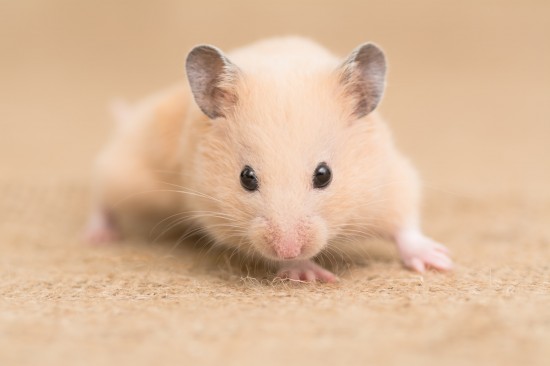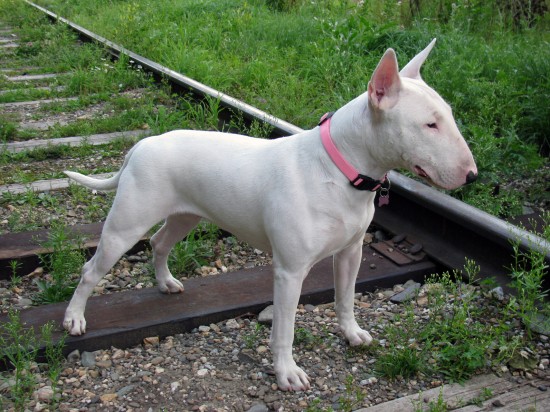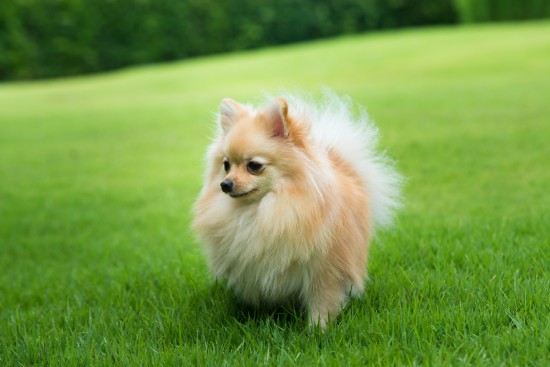

Hamsters can be aggressive towards each other sometimes and it can be distressing for them and the owner. While there is always a root cause, you will not always be able to resolve it without separating them. If you have Syrian Hamsters, you will need to separate them at around four weeks old into male and female cages as they are notoriously aggressive. In almost all cases Syrian Hamsters will need to be housed on their own and they will fight with each other.
Dwarf hamsters will need to be separated into males and females at around four weeks too, if you keep males and females in the same cage the likelihood is you will have baby hamsters and aggressive behaviour may result.
If you have just adopted a new hamster and are bringing it home, keep in mind it will take a while to settle in to its new surroundings. If you place it straight into the cage with the other hamsters it may feel threatened and become aggressive. You should allow a hamster at least 24 hours alone getting used to some new surrounding before trying to interact with it.
You can then start to build trust slowly and try to handle it. Read the signs it is giving out, if it is being aggressive or defensive you need to make slower progress. Hamsters are not often aggressive towards humans, and when they are it is due to feeling scared or threatened. It is a lot easier to introduce a younger hamster; older hamsters can be quite stubborn and resistant to change.
Unless you are breeding hamsters intentionally you should always keep males and females in separate cages. If you do breed your hamsters you will need to separate them at around four weeks, setting up a separate cage for the females, and males. If you have Syrian Hamsters it is likely you will still have some fighting and need to separate them individually. You will need to further separate any other aggressive hamsters into separate cages.
Because hamsters are mostly active in the night you may not always notice or hear fighting in the early stages. However, if you see any injuries when looking at your hamsters, fighting is usually the cause. Aggressive hamsters must be separated as soon as possible, they have the ability to do some serious damage to one another if left together.
Dwarf hamsters commonly fight because of territorial disputes. A male within the cage will establish itself as the alpha and show aggression to the other hamsters. If this aggressive attitude starts to become physical resulting in injuries to the other cage-mates you will need to separate that hamster.
Not all hamsters that show signs of aggression will bite, attack, or cause injury to other hamsters. They will fold their ears back flat to their head, show their teeth, and stare at another hamster that it is trying to intimidate. This is often enough to warn off other hamster, or as far as the particular hamster is willing to go.
Baby hamsters will play fight with each other, this is an integral part of their development and is nothing to worry about. It can look a little bit like fighting at first, but as a general rule unless the hamsters are over four weeks old, or you see some injuries, it’s all play fighting.
If you are expecting baby hamsters you should plan ahead how you are going to handle all the new additions. If you do not have a large cage you will need to invest in one, having plenty of space is going to minimize aggressive behaviour due to over-crowding.
If you have aggressive hamsters living together and one or more of your hamsters gets injured, you’ll need to take them to the vet to get checked out. Bites or tears to their skin can be particularly serious and will need to be cleaned and attended to. Not all vets will treat hamsters, you should have already checked if you have a vet in your area that specialises in hamsters or rodents in general.
When adopting a new hamster always put them in quarantine for 1-2 weeks at first. Putting them in a cage of their own near to the cage with the other hamsters in is a good idea. You will be able to recognise if the new hamsters is going to be aggressive from its behaviour, plus you will pick up on any potential diseases the new hamster might be bringing into your established colony.
If you have an aggressive hamster the last thing you want is to get bitten or injured yourself. You need to take care when handling them to make sure you are not putting any extra stress on the hamster, or putting yourself at risk of being injured. There are a few things you can do to make this process a lot safer:
Don’t wake up a sleeping hamster – Hamsters are nocturnal animals and will often be asleep when you are awake. Do not try and handle them if they are sleeping unless it is an emergency. A hamster will be annoyed at getting woken up, if it is an already aggressive hamster this is not a good idea.
Wash your hands before handling the hamster – Hamsters have a great sense of smell, any leftover food odour on your hands could encourage them to bite and have a taste.
Patiently build trust over time – Handling an aggressive hamster little by little over time will help build trust. The more trust there is between you and the hamster the lower the chance of an aggressive act towards you.
Use a tube to capture an aggressive hamster – This will make it easy to remove the hamster without putting yourself in harm’s way. Then you can place the hamster is a safe area and give it a few minutes to adjust before you handle it.
 Some Commonly Overlooked Hazards In Your Dog’s Home
Some Commonly Ove
Some Commonly Overlooked Hazards In Your Dog’s Home
Some Commonly Ove
 How To Proceed If Your Pedigree Dog Is Diagnosed With A Hereditary Health Condition
How To Proceed If
How To Proceed If Your Pedigree Dog Is Diagnosed With A Hereditary Health Condition
How To Proceed If
 Smells That Dogs Really Don’t Like
Smells That Dogs
Smells That Dogs Really Don’t Like
Smells That Dogs
 Bull Terrier Hereditary Health And Conformation
Bull Terrier Here
Bull Terrier Hereditary Health And Conformation
Bull Terrier Here
 Spring Safety Tips For Dog Owners
Spring Safety Tip
Spring Safety Tips For Dog Owners
Spring Safety Tip
Copyright © 2005-2016 Pet Information All Rights Reserved
Contact us: www162date@outlook.com